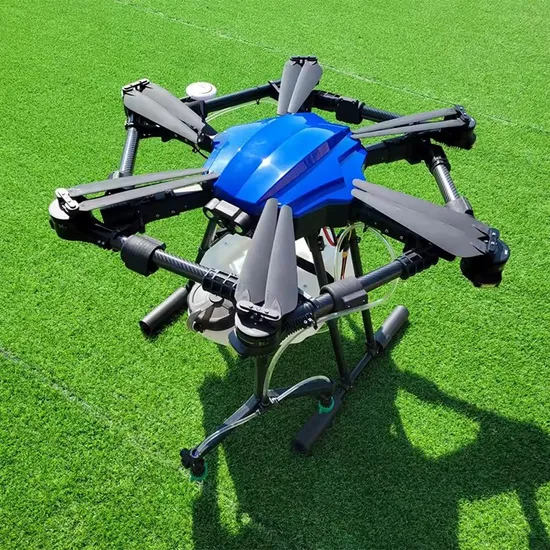
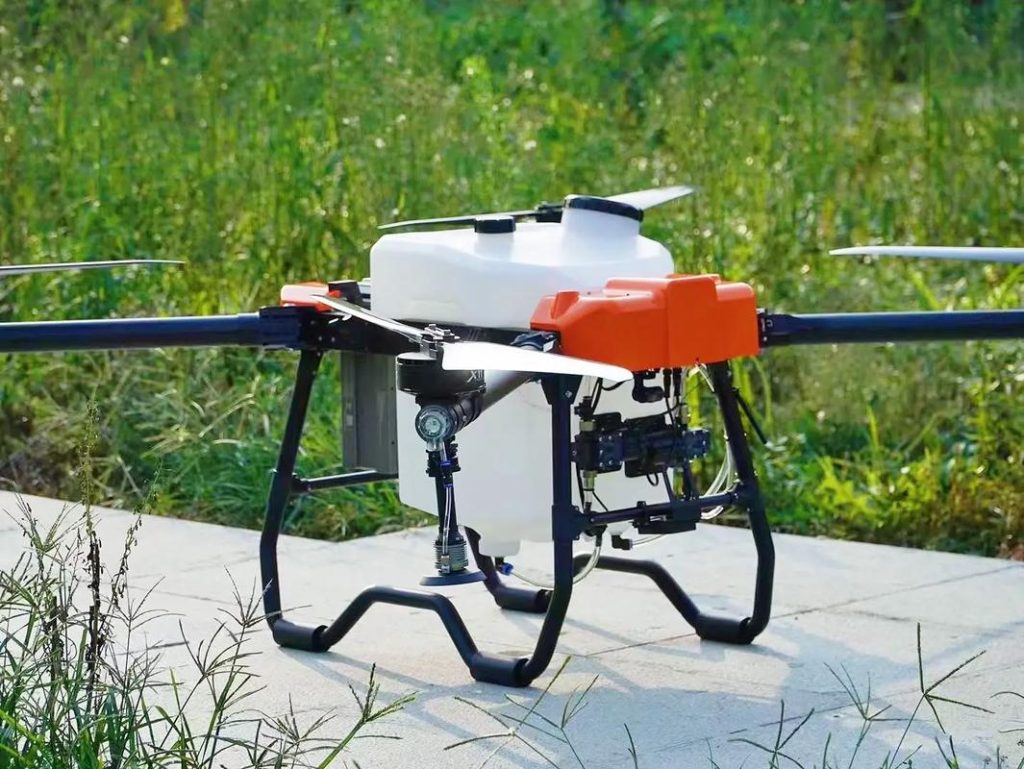
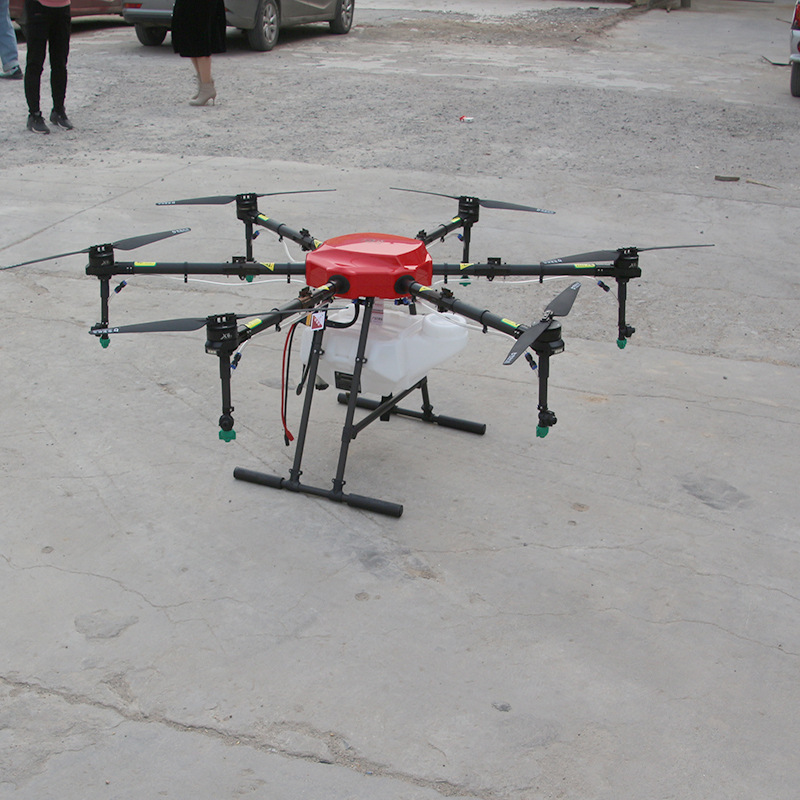
As the world’s fourth most populous country and one of tPrecision Agriculture Drones in Indonesia: Empowering Smart Farming for the Futurehe largest agricultural producers in Southeast Asia, Indonesia is turning to precision agriculture to meet growing food demands while protecting its natural resources. At the heart of this transformation are precision agriculture drones—advanced tools that are reshaping how Indonesian farmers monitor, manage, and optimize their fields.
🌾 What Is Precision Agriculture?
Precision agriculture refers to the use of technology to measure and respond to variability in crops, soil, and climate. It allows farmers to apply water, fertilizer, and pesticides only where needed, based on real-time data. This improves productivity, reduces waste, and supports sustainable practices.
🚁 The Role of Drones in Precision Farming
Precision agriculture drones are unmanned aerial systems (UAS) equipped with sensors, GPS navigation, and data analytics capabilities. Their key functions include:
- Aerial Mapping – Creating high-resolution maps of farms to analyze terrain, plant health, and crop density.
- Crop Monitoring – Detecting early signs of disease, pest infestation, or nutrient deficiency through infrared and multispectral imaging.
- Targeted Spraying – Applying fertilizers or pesticides precisely over affected areas, reducing input costs and chemical exposure.
- Soil Analysis – Identifying moisture levels and variations in soil composition to inform irrigation and planting decisions.
🌍 Why Precision Agriculture Drones Matter in Indonesia
Indonesia’s agriculture is rich and diverse—but also faces challenges such as:
- Fragmented farmland spread across 17,000 islands
- Labor shortages in rural communities
- Climate variability leading to unpredictable weather
- Overuse of agrochemicals harming soil and water quality
Precision drones offer a solution by making farming smarter, data-driven, and more efficient. For example, a farmer in Java can use a drone to scan multiple rice paddies in one flight, identify water-stressed areas, and apply irrigation accordingly—without stepping foot in the field.
📈 Benefits of Precision Agriculture Drones
1. Higher Yields, Lower Costs
By delivering accurate field data, drones help farmers make better decisions. This leads to higher crop yields and reduced input costs, improving profitability.
2. Faster Decision-Making
Real-time imagery and analytics speed up the diagnosis of problems. Farmers can act before minor issues become major losses.
3. Environmental Protection
Targeted spraying reduces chemical runoff, helping protect nearby rivers and ecosystems. Drones also prevent over-irrigation, conserving water.
4. Labor Efficiency
One drone operator can monitor or treat dozens of hectares in a day—making up for labor shortages in many rural areas.
🛰 Key Features to Look for in Precision Drones
- Multispectral and thermal cameras for crop health assessment
- RTK-GPS for accurate flight navigation and data positioning
- Data integration with mobile apps and farm management software
- Long flight time and stable performance in tropical weather
- Durable design for use in Indonesia’s humid and rainy climates
🔧 Supporting the Digital Agriculture Transition
To successfully implement precision agriculture drones, Indonesian farmers and agribusinesses need more than just equipment. They require:
- Training and technical support for drone operation and data interpretation
- Affordable pricing and financing options to lower entry barriers
- Localized software and language interfaces for ease of use
- Government support to create drone-friendly regulations and innovation hubs
Several regions across Indonesia—such as East Java, South Sumatra, and Central Kalimantan—are now adopting drone-assisted farming at scale, especially in rice, maize, palm oil, and chili production.
🔮 The Future of Precision Agriculture in Indonesia
As demand for food grows and climate change affects crop reliability, the adoption of precision drones in Indonesia is not just a trend—it’s a necessity. These tools allow farmers to shift from reactive to proactive strategies, improving productivity and sustainability.
In the next five years, precision agriculture drones are expected to become standard in Indonesia’s farming toolkit, especially among progressive cooperatives, commercial plantations, and agritech startups.
Conclusion
Precision agriculture drones are revolutionizing how Indonesian farmers manage their land. By delivering real-time data and enabling targeted actions, drones are making agriculture more efficient, environmentally friendly, and future-ready.
Whether you’re a farmer, distributor, or agri-service provider in Indonesia, investing in drone technology is a step toward smarter, more sustainable farming.
Would you like a version of this article tailored to a specific crop (e.g., rice, palm oil, corn) or a landing page version optimized for product leads?


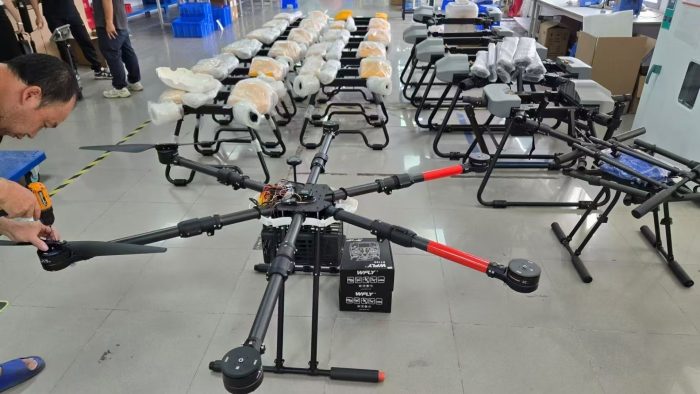

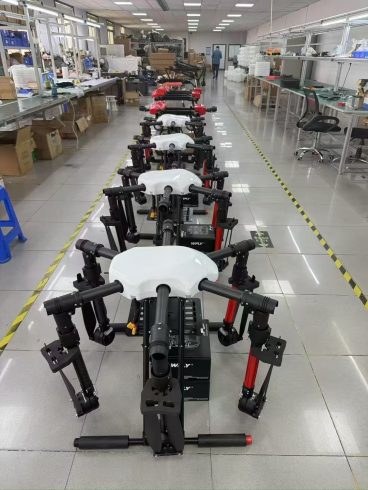
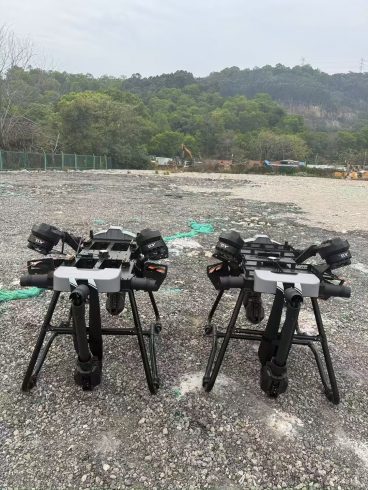
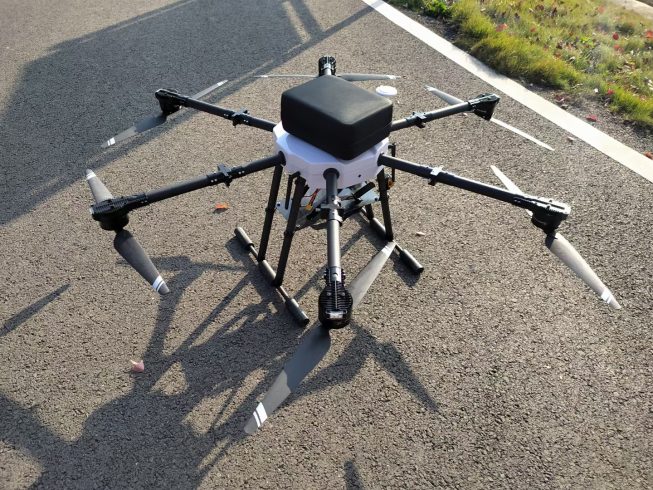
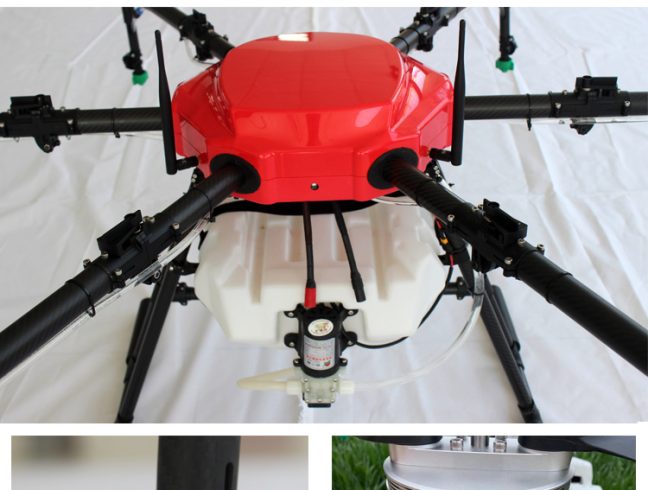

暂无评论内容